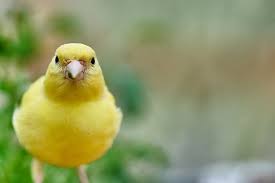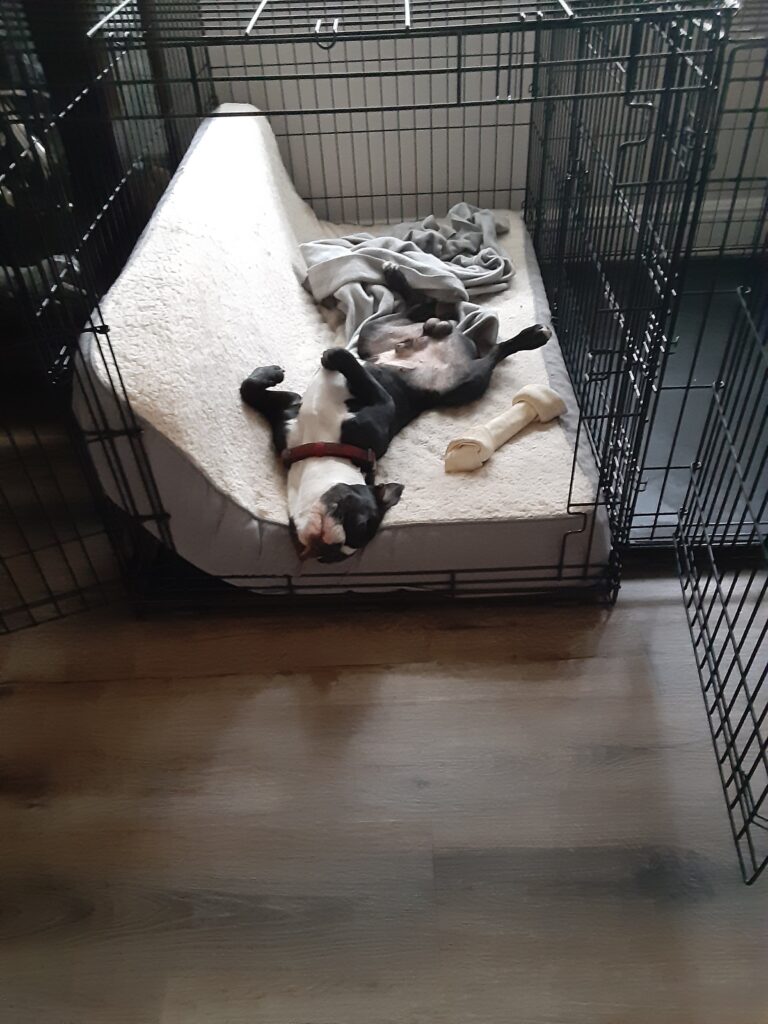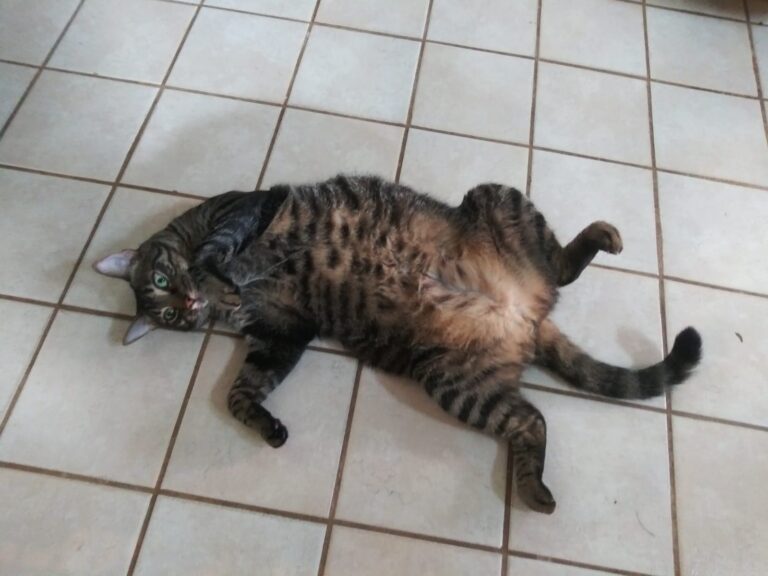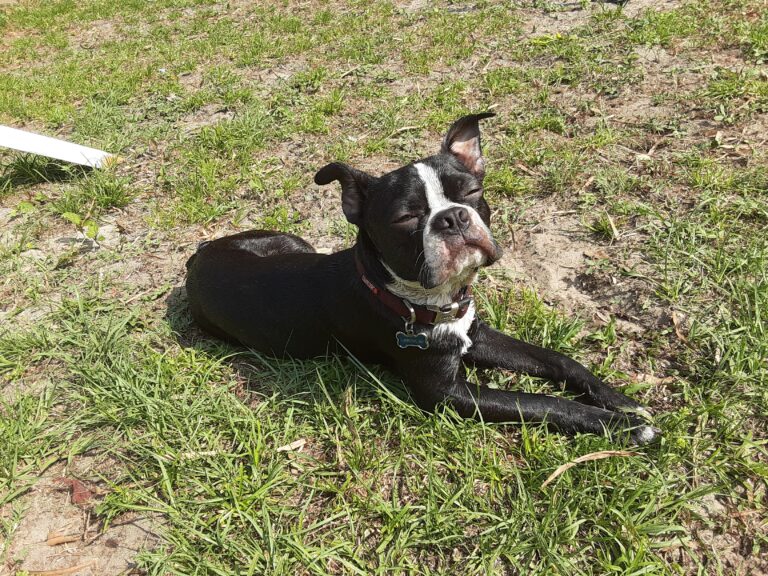“Nurturing a Bearded Dragon: A Comprehensive Guide to Responsible Pet Ownership”
Bearded dragons are considered relatively low-maintenance compared to some other reptile species. With proper research, preparation, and commitment to their care, they can be a rewarding and enjoyable pet. However, like all pets, they do require specific attention to their habitat, diet, and health needs. It’s important to understand their requirements and be willing to invest time and effort in providing for them. If you’re a first-time reptile owner, doing thorough research and seeking advice from experienced reptile keepers or veterinarians can greatly contribute to your success in caring for a bearded dragon. The bearded dragon, known for its docile nature and distinctive appearance, is a popular choice for reptile enthusiasts and first-time pet owners alike. The name “bearded dragon” is derived from a distinctive feature of this reptile: the expandable flap of skin under its chin. When a bearded dragon feels threatened or agitated, it puffs out this area, resembling a “beard.” This display serves as a form of defense, making the dragon appear larger and more formidable to potential predators or rivals. The term “dragon” in the name is likely a nod to the creature’s reptilian appearance and the mythical association of dragons with scales and distinctive features. The combination of these characteristics led to the name “bearded dragon,” which has become widely accepted in reference to this popular reptile species. The biological name for the bearded dragon is Pogona vitticeps. “Pogona” is the genus name, and “vitticeps” is the specific epithet. This scientific name is used in the classification system to specifically identify and categorize this species of lizard. Bearded dragons are native to Australia. They are found in various regions across the continent, including arid and semi-arid areas in the eastern and central parts of the country. These reptiles are well-adapted to the harsh Australian environment, where they inhabit woodlands, grasslands, and deserts. In the wild, they can be found among rocks, bushes, and trees, using their environment for shelter and thermoregulation.
Their natural habitat consists of a diverse range of landscapes, from dry deserts to more vegetated areas, allowing them to thrive in different ecological niches
If you’re considering bringing one of these captivating creatures into your home, this article might provide you with some insights that you need to ensure your bearded dragon thrives in its new environment.
Cost
Bearded dragons are diurnal, meaning they are most active during the day, and they have a generally calm temperament, making them suitable pets for various households. Before bringing a bearded dragon into your home, it’s crucial to consider the financial commitment. Initial costs include purchasing the dragon itself (ranging from $50 to $300 depending on the morph), a suitable enclosure (around $100 to $300), lighting and heating equipment (approximately $50 to $100), and various accessories like hides, food bowls, and substrate (roughly $50). Additionally, budget for ongoing expenses such as food, veterinary care, and utilities.
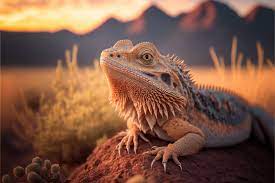
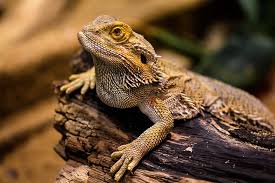
Creating the Perfect Environment
To provide a suitable habitat for your bearded dragon, it’s crucial to consider several key elements. First and foremost, the enclosure should be a spacious terrarium or vivarium, equipped with adequate ventilation to ensure proper air circulation. For a single adult bearded dragon, experts recommend a minimum tank size of 40 gallons. This ample space allows your reptilian companion to move around comfortably and engage in natural behaviors. When it comes to substrate, prioritizing safety is paramount. Opt for options like reptile carpet, paper towels, or tile, which provide a stable and secure surface for your bearded dragon to walk on. It’s imperative to avoid loose substrates like sand, as they can pose a risk of impaction if ingested. By choosing a substrate that minimizes potential health hazards, you’re ensuring a safe and nurturing environment for your pet. Proper lighting and heating are crucial components of your bearded dragon’s enclosure. Create a designated basking spot with a temperature ranging between 95-105°F (35-40°C). This warm zone allows your dragon to regulate its body temperature effectively. Additionally, establish a cooler area within the enclosure, maintaining temperatures around 75-85°F (24-29°C). This thermal gradient enables your pet to move between warm and cool areas as needed for comfort. To mimic a natural habitat, incorporate hiding spots, climbing branches, and rocks within the enclosure. These elements not only serve as functional features but also create a stimulating and enriching environment for your bearded dragon. Hides provide a sense of security, allowing your pet to retreat and relax when desired. Climbing branches and rocks encourage physical activity and exploration, promoting both mental and physical well-being.
By paying careful attention to these enclosure considerations, you’re laying the foundation for a thriving and contented bearded dragon. Providing ample space, safe substrate, appropriate lighting and heating, as well as stimulating decor, ensures that your pet’s living environment mirrors the conditions they would encounter in the wild. This thoughtful approach to habitat design contributes to the overall health, happiness, and well-being of your reptilian companion.
Nutrition and Feeding
Bearded dragons, as omnivores, have a diverse dietary requirement that encompasses both animal and plant-based foods. This dual dietary nature is reflective of their natural feeding habits in the wild. To provide optimal nutrition for your bearded dragon, it’s essential to offer a well-balanced diet that accommodates their omnivorous tendencies. Approximately 70% of their diet should consist of protein-rich insects. These insects serve as a crucial source of animal-based nutrition, supplying essential proteins and nutrients that support growth, development, and overall vitality. Options like crickets, mealworms, and dubia roaches are popular and readily available choices. These insects offer a range of nutrients, including high-quality protein, essential amino acids, and beneficial fats that are vital for the health and well-being of your bearded dragon. Complementing the protein component, around 30% of their diet should be comprised of nutrient-dense vegetables. Dark leafy greens, such as kale, collard greens, and mustard greens, are excellent choices, providing a rich source of vitamins, minerals, and fiber. Additionally, incorporating vegetables like squash and carrots offers a valuable variety of nutrients, including beta-carotene, vitamin A, and other essential micronutrients. To ensure that your bearded dragon receives adequate calcium, it’s advisable to dust the insects with a calcium supplement before feeding. This additional measure guarantees that your pet benefits from the optimal balance of calcium and phosphorus, which is crucial for bone health, muscle function, and overall metabolic processes.
Handling and Socialization
Bearded dragons, with their generally amiable temperament, are delightful companions that can be enjoyed through regular handling and interaction. Establishing a positive rapport with your pet is not only rewarding but also an essential aspect of responsible ownership. To ensure a harmonious relationship with your bearded dragon, consider the following tips on handling and socialization. Begin with short and gentle handling sessions to allow your bearded dragon to acclimate to being held. This initial period of adjustment is crucial, especially if your dragon is a young or newly acquired specimen. Approach your pet calmly and confidently, using slow and deliberate movements. This measured approach helps reduce stress and anxiety for both you and your dragon. When handling your bearded dragon, it’s essential to support their body properly. Cradle them gently with both hands, ensuring that their entire body is well-supported. Be particularly attentive to their legs and tail, as these areas can be fragile. A secure grip not only prevents accidental injury but also fosters a sense of security and comfort for your pet. Avoid sudden movements or quick gestures that might startle your bearded dragon. These reptiles are generally placid, but they can become anxious or defensive if they perceive a threat. By maintaining a calm and composed demeanor during handling, you create a reassuring environment for your pet. Gradually extend the duration of handling sessions as your bearded dragon becomes more comfortable with the experience. Over time, you can introduce longer periods of interaction, allowing your pet to become accustomed to your touch and presence. Remember that each dragon has its own unique personality and preferences, so it’s essential to observe and respect their comfort level. Consistent and gentle handling sessions help build trust and strengthen the bond between you and your bearded dragon. This interaction not only enriches your pet’s life but also provides you with the opportunity to observe their behavior, monitor their health, and share in the joy of companionship. With patience, respect, and a mindful approach, you can enjoy a rewarding and harmonious relationship with your bearded dragon for years to come.
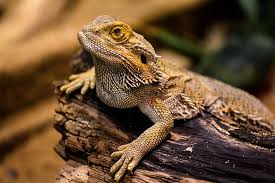
Health and Veterinary Care
Prioritizing the health and well-being of your bearded dragon is of paramount importance in responsible pet ownership. Regular check-ups with a veterinarian experienced in reptile care are instrumental in maintaining their optimal health. These specialized professionals possess the knowledge and expertise needed to identify and address any potential health concerns specific to reptiles. In addition to scheduled veterinary visits, it’s imperative to be vigilant about observing your bearded dragon’s behavior and physical condition. Watch for any deviations from their normal routines or signs of distress. Loss of appetite, for instance, can be an early indicator of an underlying health issue. If you notice a significant change in their eating habits, it’s essential to seek professional advice promptly. Changes in behavior can also provide valuable insights into your bearded dragon’s well-being. Pay close attention to their activity levels, social interactions, and overall demeanor. Uncharacteristic lethargy, unusual aggression, or excessive hiding may be indicative of an underlying health concern. Respiratory issues can be particularly concerning for reptiles, as they can indicate a range of potential health issues. Keep an eye out for signs such as labored breathing, wheezing, or any abnormal noises during respiration. These symptoms warrant immediate attention from a qualified reptile veterinarian. In addition to these general observations, it’s advisable to monitor specific health indicators, such as the condition of their skin, eyes, and oral cavity. Any abnormalities in these areas should be promptly assessed by a veterinarian.
A bearded dragon can be a wonderful addition to your household, offering companionship and endless fascination. By providing the right environment, diet, and care, you can enjoy a thriving and contented reptilian companion for years to come. Remember to do further research and consult with reptile experts or veterinarians for any specific questions or concerns you may have about your bearded dragon’s well-being.

